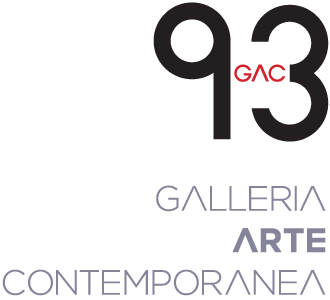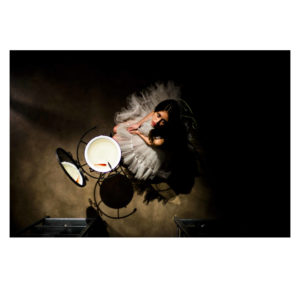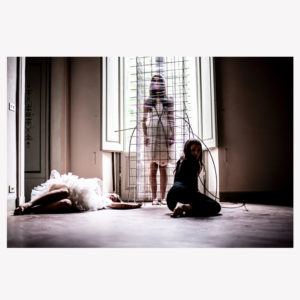MORGANTI HELMUT
Helmut Morganti, photographer and artist was born in Prato in 1974.
His eclectic contribution to the artistic world dates back to the end of the 90’s and the beginning of 2000 through the informal pictorial language.
Aware of the limitation that he finds in depicting the philosophical concept of informal art, he approaches the installations on iron, expressive medium that reflects a search for abandonment through minimal objects and sheet metal.
For about two years he continues uninterruptedly making installations with which he participates in the Florence Biennale and, in a private meeting, reveals to the artistic director of the moment Jhon Spike that his artistic attentions were shifting towards cinema and video art.
The use of this new language leads the artist to an experimentation of his visionary qualities that are immediately transformed into the first short film.
“Violentando le pulsioni prima di socchiudere il mio carillon” triggers a sort of video art with a long soundtrack that follows in a highly dramatic way the sequence of scenes recalling a dreamlike cinema.
The second short film “Sotto 81metri di bugie” (Under 81 meters of lies) requires a greater acting effort but still fails to reach the author’s metaphysical vision.
At the end of 2007 the artist considers cinema and art in general an unfinished language and retires in a period of reflection where writing becomes the ideal companion to develop the emotional charge that could not emerge through the artistic languages used up to that moment. At the beginning of 2009 the first book of poems “Visions” is completed and published, giving the artist the second prize in a national literature competition.
This result pushed Helmut Morganti to leave Prato, his hometown, for an emotional and research path that led him to move to Berlin.
It is here that he finds interesting hints to give shape to his expressivity through photography, which will put the artist to the test looking for a language within the shot itself, summarizing the philosophical and emotional concept that is contained within the images.
At the end of the project the artist returned to Prato, where he presented his work with two personal exhibitions that portrayed the various phases of his artistic/photographic research.
During his time in Berlin, Helmut Morganti also realizes a new video art project entitled “Frontal lobotomy”, and various street art performances, in which giant photographs animate marginalized places in the city, in an act of connection between the drama of the image itself and the approach to the reality of the places. The artistic process is documented by photographing the performance again and, through a second shot, the blow-ups are transformed into the background that leads to the conception of the artist’s final work of art. This creative process highlights Helmut Morganti’s continuous duality between reality and fiction as the cornerstone of his research and frees the artist from the usual artist-gallery relationship in favor of a more autonomous and “real” research.
Back in his hometown, Helmut Morganti analyzes the writings made during his stay in Berlin and glimpses in the unfinished sequence of the text a cinematographic project of great visual pathos: it will be precisely this intuition that will push the artist towards the love for cinema, which he has always considered “the highest step to represent the art enclosed in thoughts and emotions”.
From this rediscovery comes the author’s new cinematic research and the writing of the new screenplay with a new awareness: the desire to continue to develop art without ever being imprisoned in a single way of representation.
“The search for oneself is maturity and the results of that search must be shared with the world. Only in this way can thought elevate the intellect of man.”
Today Helmut Morganti in addition to teaching fine art photography collaborates in many projects with Gallery 93 in Prato.



